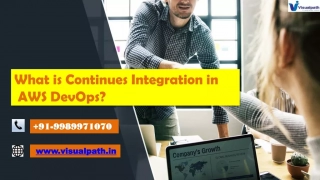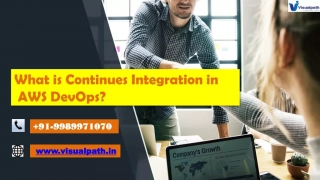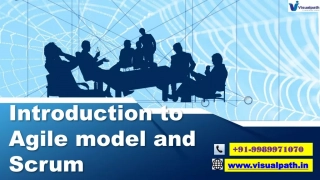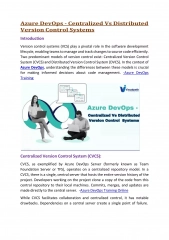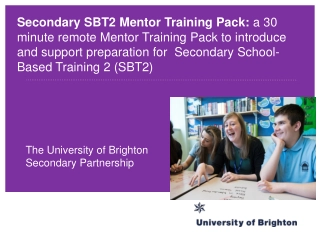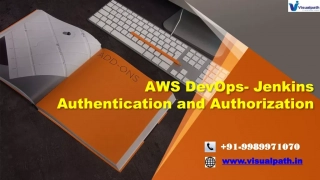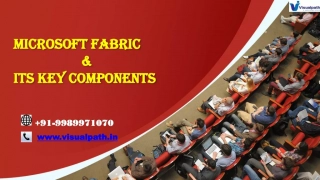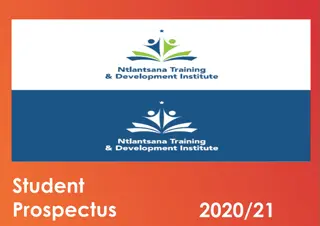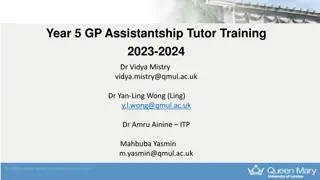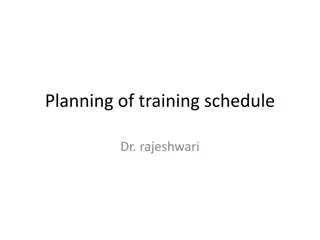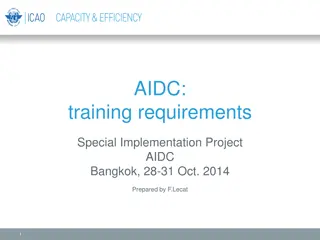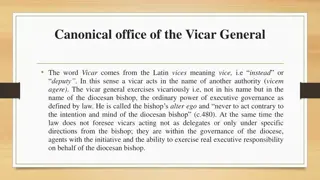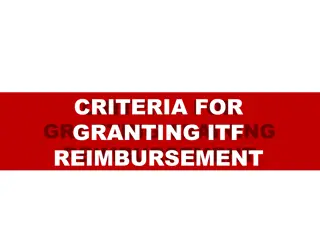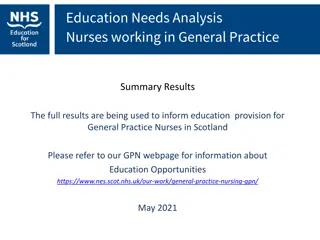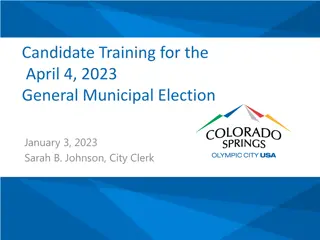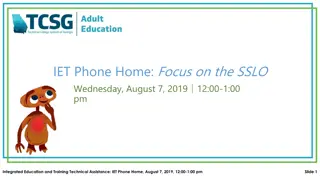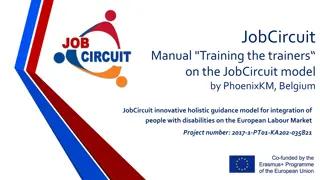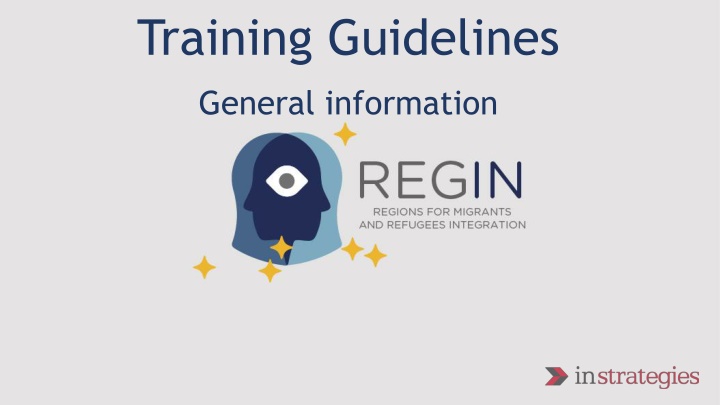
Guidelines for Migrant Integration and Inclusion Training
Enhance your understanding of migrant integration and inclusion through comprehensive training guidelines. Explore modules covering social intervention, diversity management, discrimination, and more. Engage in roundtable discussions to identify challenges and gaps, followed by evaluation to track progress. Dive into practical exercises focusing on interculturality, citizenship policies, legal frameworks, and good practices in Europe. Elevate your knowledge and skills in supporting migrant communities.
Download Presentation

Please find below an Image/Link to download the presentation.
The content on the website is provided AS IS for your information and personal use only. It may not be sold, licensed, or shared on other websites without obtaining consent from the author. If you encounter any issues during the download, it is possible that the publisher has removed the file from their server.
You are allowed to download the files provided on this website for personal or commercial use, subject to the condition that they are used lawfully. All files are the property of their respective owners.
The content on the website is provided AS IS for your information and personal use only. It may not be sold, licensed, or shared on other websites without obtaining consent from the author.
E N D
Presentation Transcript
Training Guidelines General information
INTRODUCTION The specific objectives of the guidelines are the following: To create a common base of knowledge and to increase staffs knowledge and understanding of migrant integration and inclusion processes; To identify performance gaps and other challenges related to migrant integration and inclusion; To provide a roadmap to deal with integration and inclusion as a transversal issue in public services.
MODULES MODULE 1: Social intervention: Introduction to the basics. Reception interculturality & social integration. MODULE 2: Management of diversity from the administration. Integration and inclusion in public administrations. MODULE 3: Discrimination, racism and xenophobia. Immigration and discrimination. MODULE 4: Stereotypes and prejudices. Interventions to avoid discrimination. Support in the search for innovative solutions: in-depth interview and diagnosis. Resource network and referral to other support resources. Communication and skills.
ROUNDTABLE Identification of performance gaps, challenges and difficulties related to migrants integration and inclusion process. Psychological factor and healthcare system analysis Education: Lack of language competencies, educational opportunities for migrants and refugees, Job Orientation: definition of migrant worker, labour bodies & legal framework, rights and responsibilities towards the labour market Discussion of the reasons EU s policies tend to fail Methodology: Open discussion, brainstorming to gather ideas.
Training Guidelines Modules Explanation
Slides 1 to 4: are title, workload, structure of the session and methodology This module aims to address (slide 5): The different models of integration of immigrants (slides 6-7) Principles of interculturality: (slide 8) Citizenship policies and their implementation in the different EU countries (slide 9) European and Regional Legal frame (slide 10) Good practices in Europe (slide 11) Practical exercise (slide 12)
Slides 1 to 4: are tittle, workload, structure of the session and methodology This module aims to address (slide 5): Inclusion in the workplace (slides 6) Circles of inclusion: (slide 7) Top 10 benefits of workplace diversity (slide 8) Diversity in the public service (3 items) and an example of Canada: diversity as an evolving concept (slide 9) Good practices in Europe (slide 10) Practical exercise (slide 11)
Slides 1 to 4: are tittle, workload, structure of the session and methodology This module aims to address (slide 5): Definition of intercultural communication (slides 6) The slides 7,8 and 10 deal with what, how and where discrimination occurs Definition of discrimination and racism: (slide 7) (WHAT) EU legal framework Discrimination: links main directives (slide 8) (HOW) Different grounds covered by the Community Action Programme against Discrimination (slide 9) WHERE discrimination occurs (Slide 10) Good practices in Europe (slide 11) Practical exercise (slide 12)
Slides 1 to 4: are tittle, workload, structure of the session and methodology This module aims to address (slide 5): Definition of stereotypes and prejudice (slides 6) EU hate speech legal framework : links main directives (slide 7) (HOW) In-depth interview: definition and examples (slide 8) Good practices in Europe (slide 9) Practical exercise (slide 10)
Thank you! https://regin-guidelines-training.eu/ In collaboration with CIDALIA

